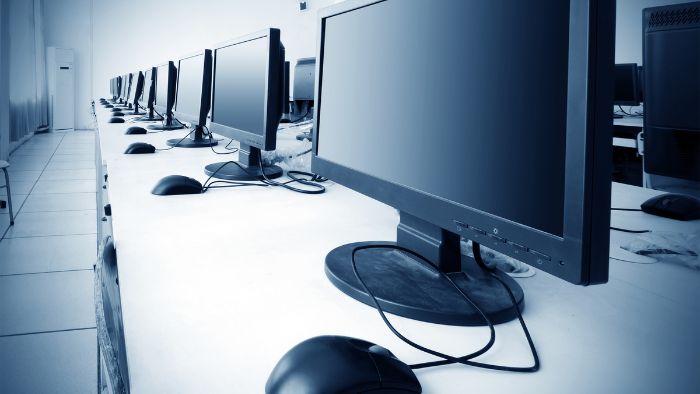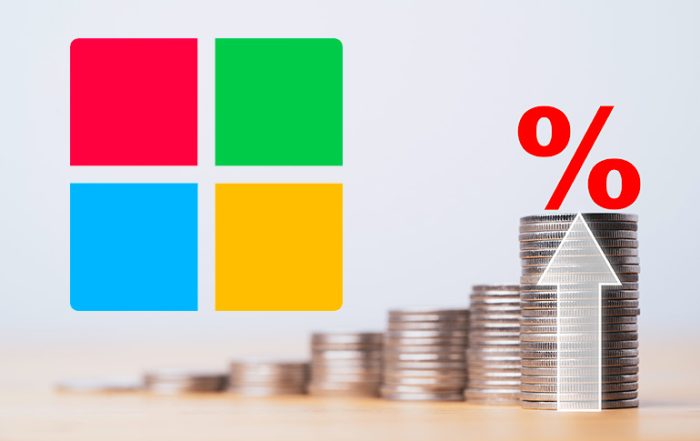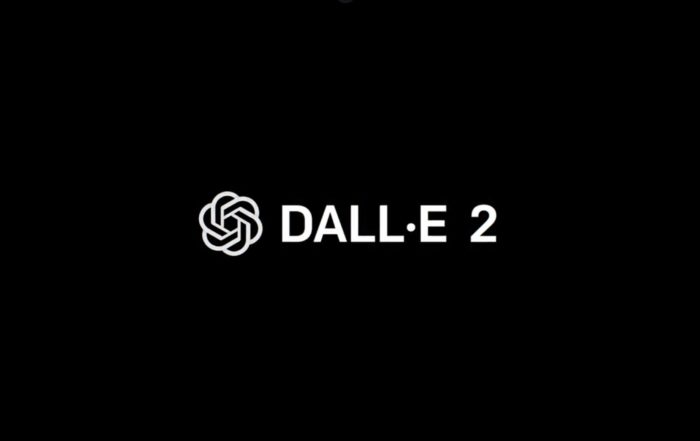Windows 7 EOL
What Do I Need To Do To Prepare?
Upgrading to a new operating system takes time and careful planning, particularly if you have numerous machines and systems to assess. A smooth and successful transition to a new operating system requires you to:
The Windows Product Life Cycle
All Windows products have a lifecycle, beginning with their release and ending with the end of support. In the past, these lifecycles lasted anywhere from five to ten years, depending on the product. Typically, this includes two service periods: mainstream support and extended support. Mainstream support includes security patches as well as new features and often covers several years. Extended support begins once Microsoft is no longer actively developing the product, shifting instead to the release of updates to keep the product safe. End of life is the point at which no further support will be extended.
With the introduction of Windows 10, however, Microsoft adopted a new policy for the sustainability of their products. This model is known as Windows as a Service (WaaS) and incorporates continuous updates and support for current product offerings, like Windows 10.
This is good news for business. From this point forward, businesses using Windows 10 will remain up-to-date with the latest fixes and updates. They won’t need to upgrade to a new operating system, and they won’t need to agonize over which one will be the least troublesome to implement. Windows as a Service (WaaS) assures a smooth transition between iterations of a single operating system. Windows 10 may look completely different ten years from now, but incremental updates will happen behind the scenes without a major upheaval to business systems.
If your business is still using Windows 7, you would be wise to begin planning for its end of life date. Lieberman Technologies can assist you in that planning and help you create a schedule for the transition. We can help you implement a number of solutions that will enable a smooth transition to a more modern operating system.
Contact us to get started!







